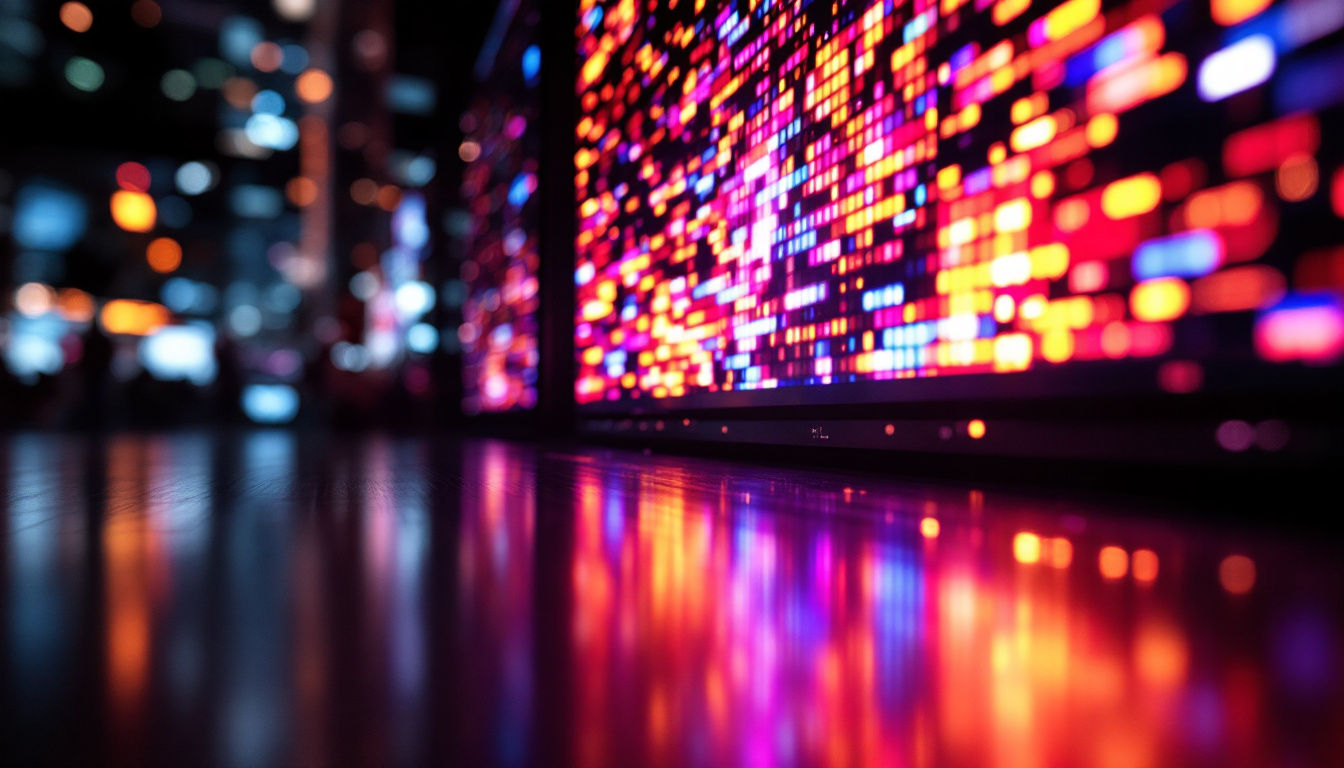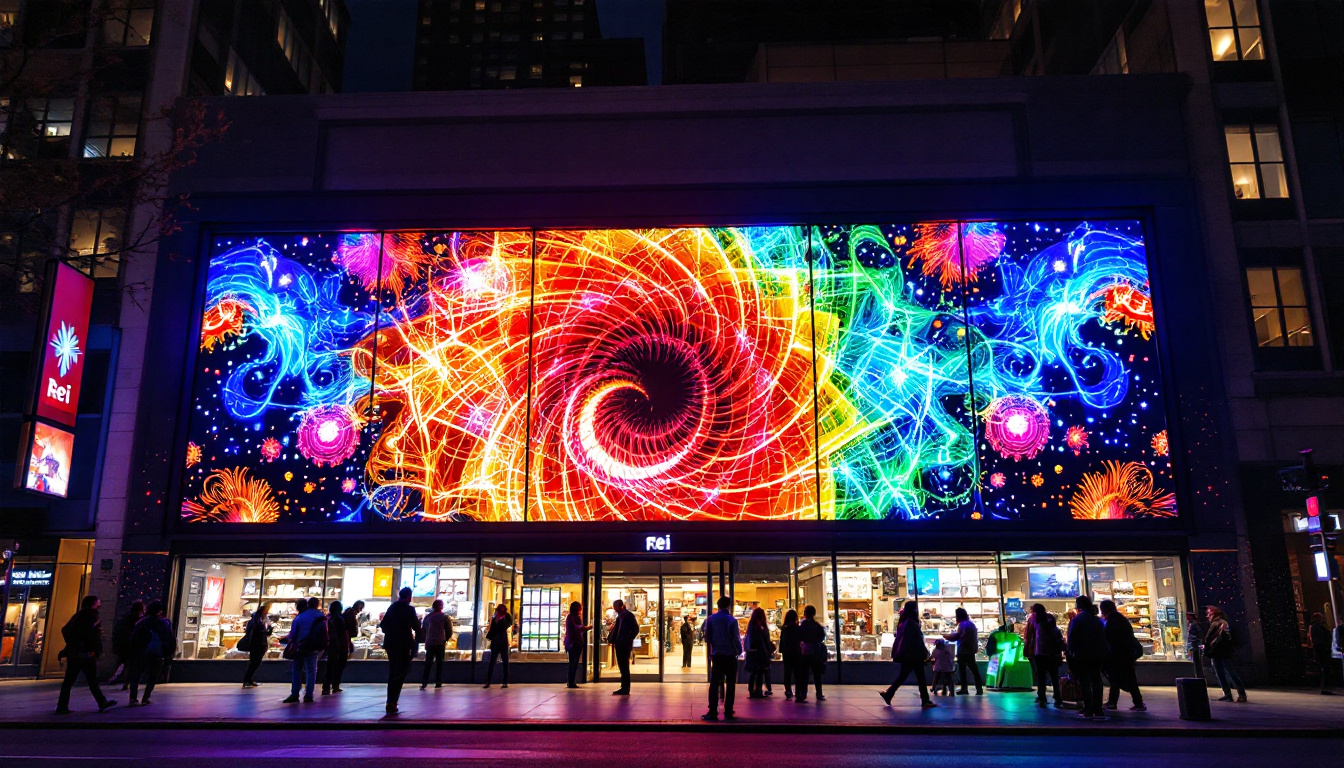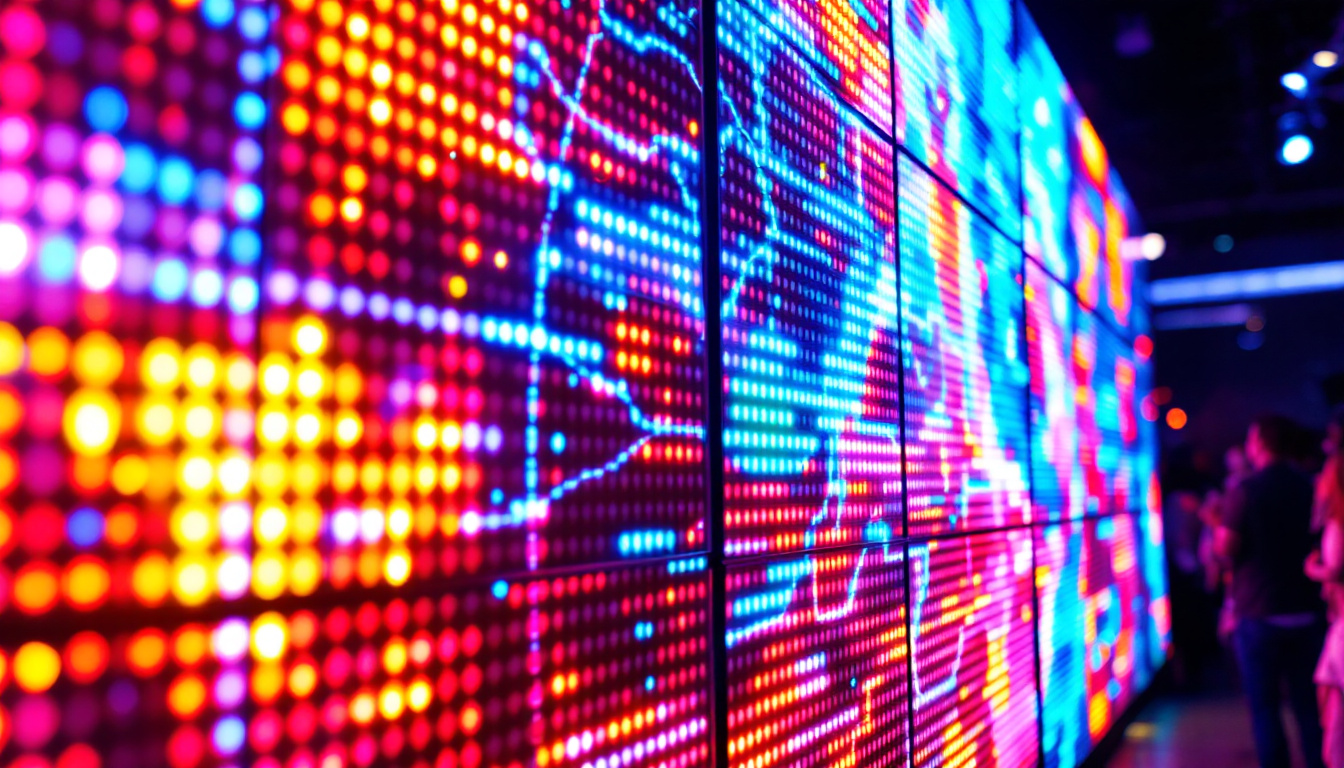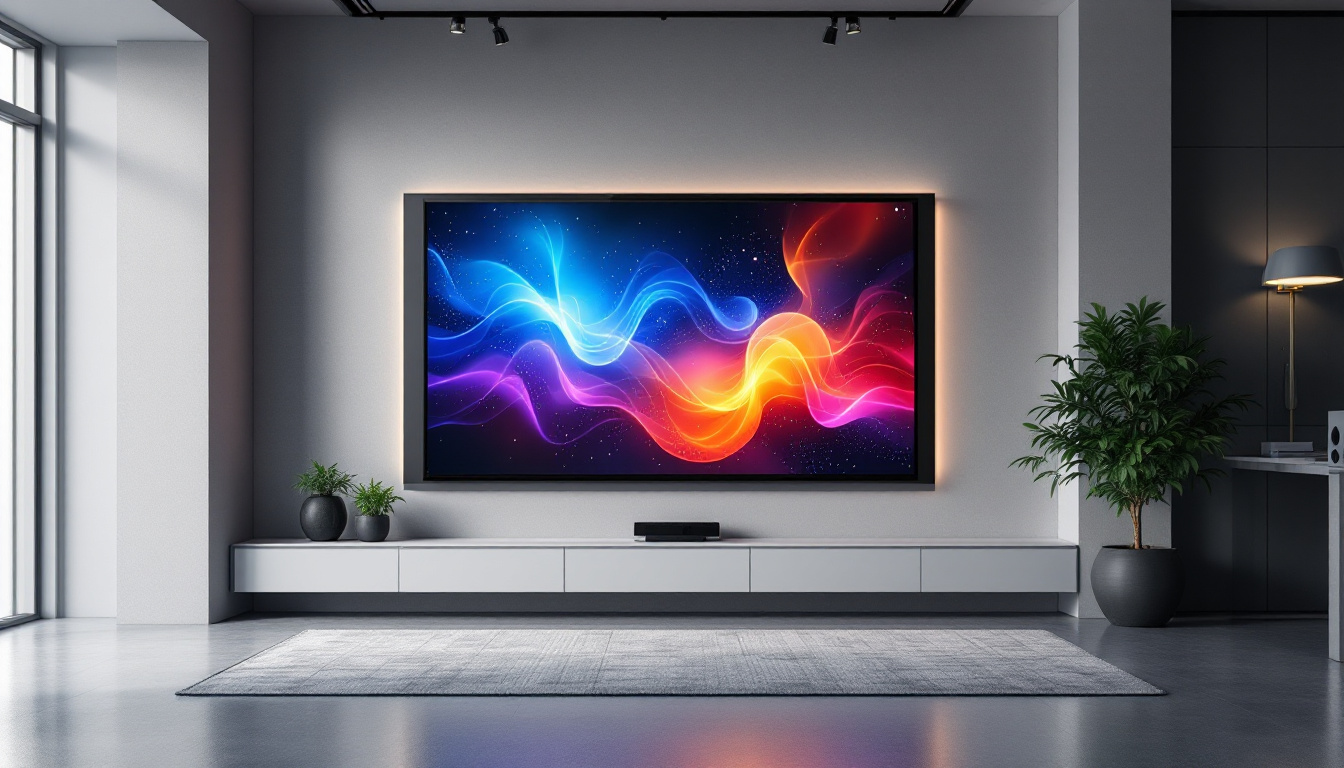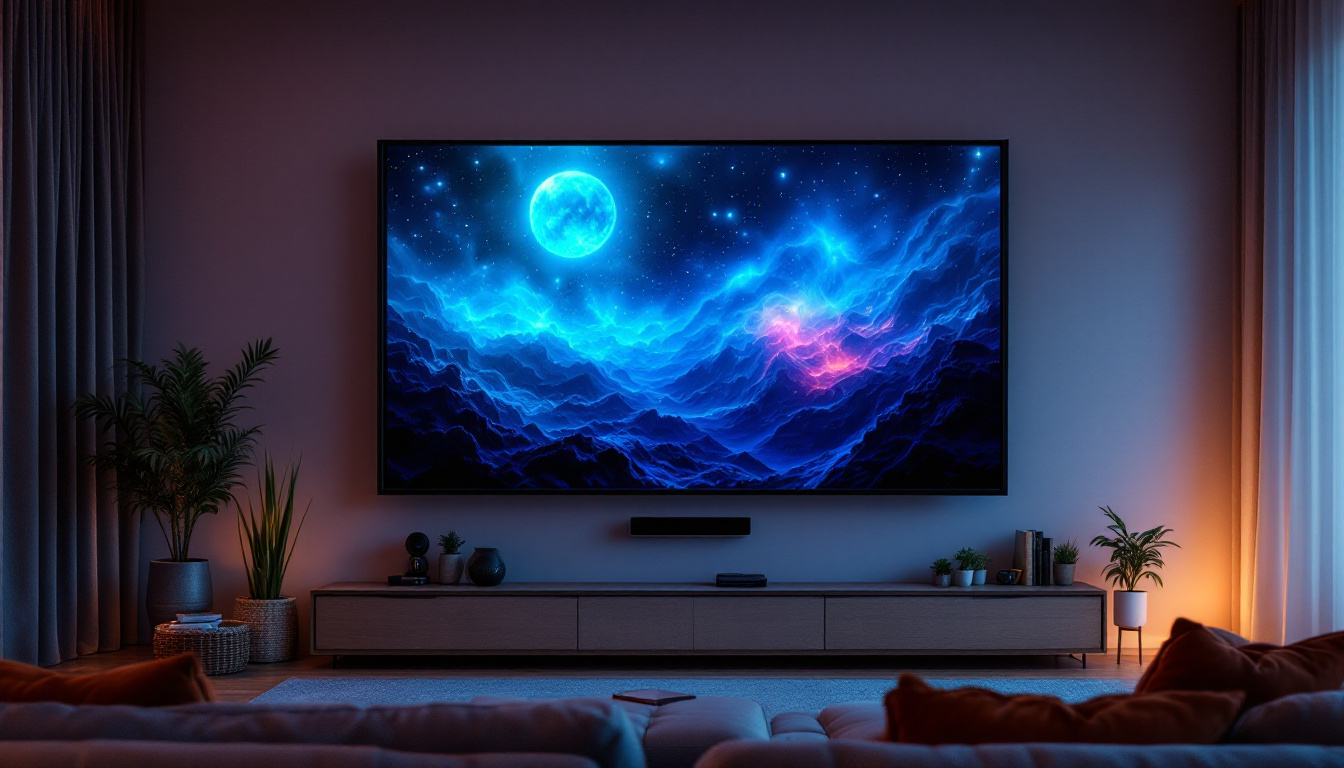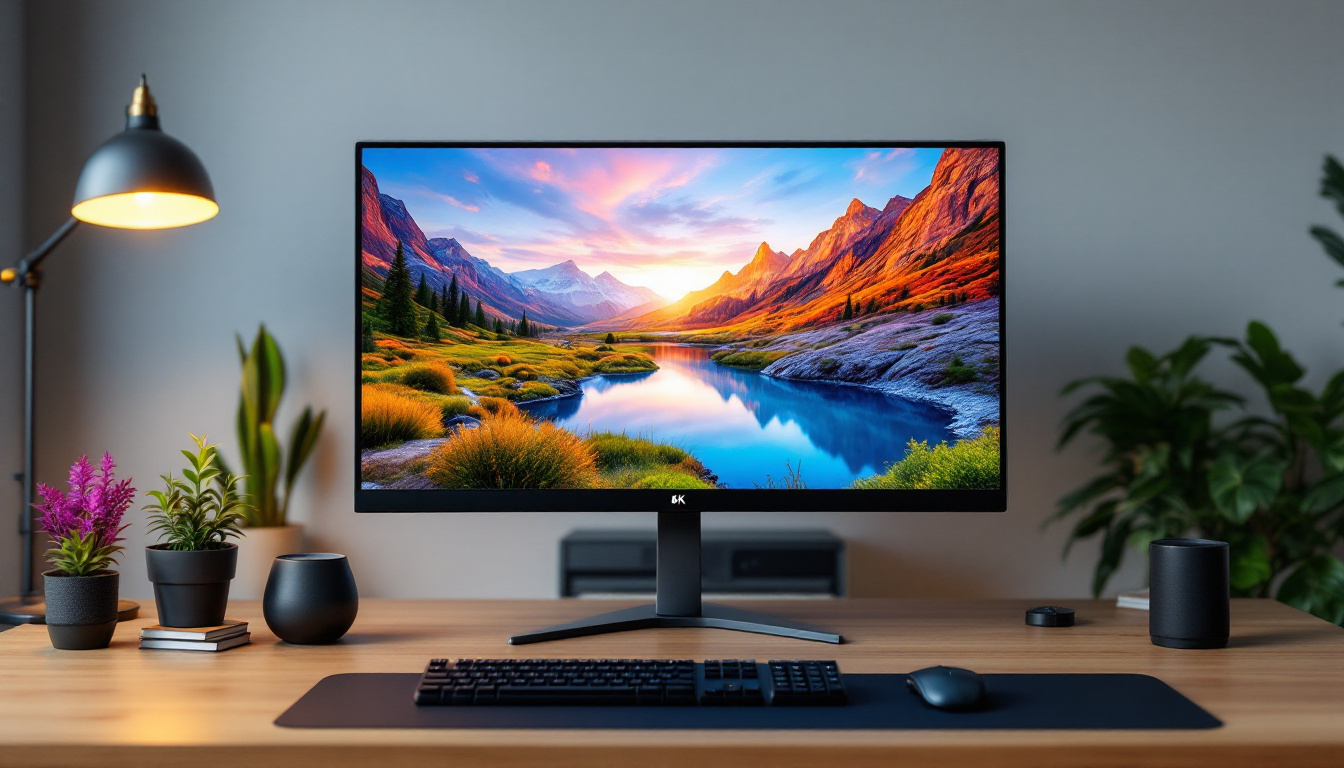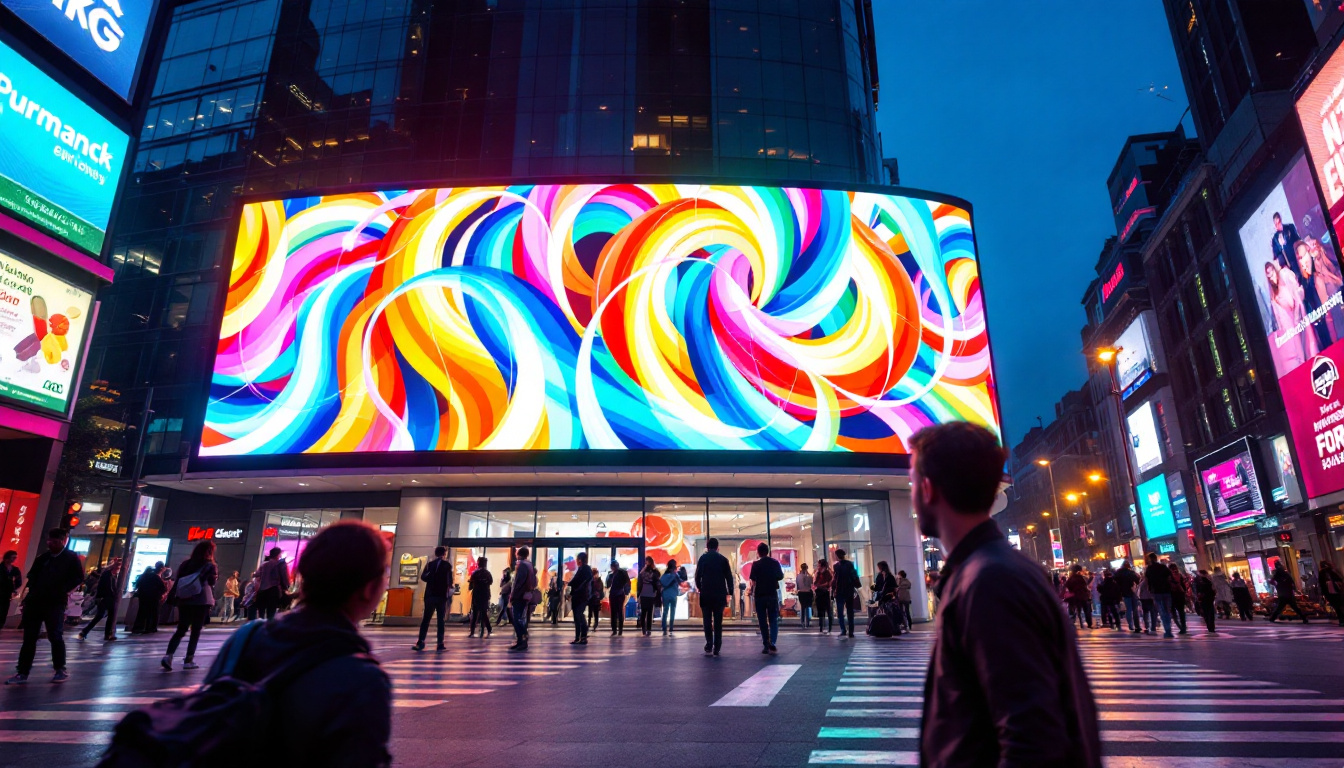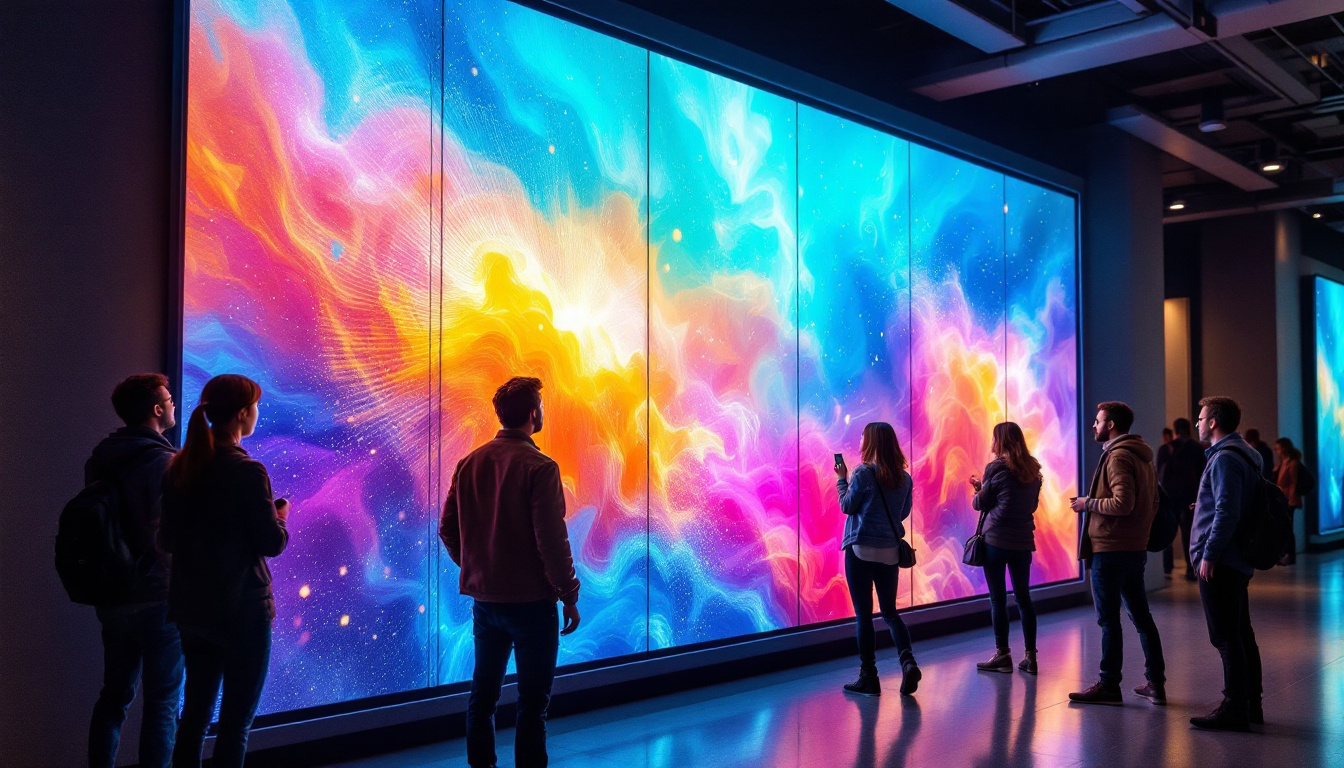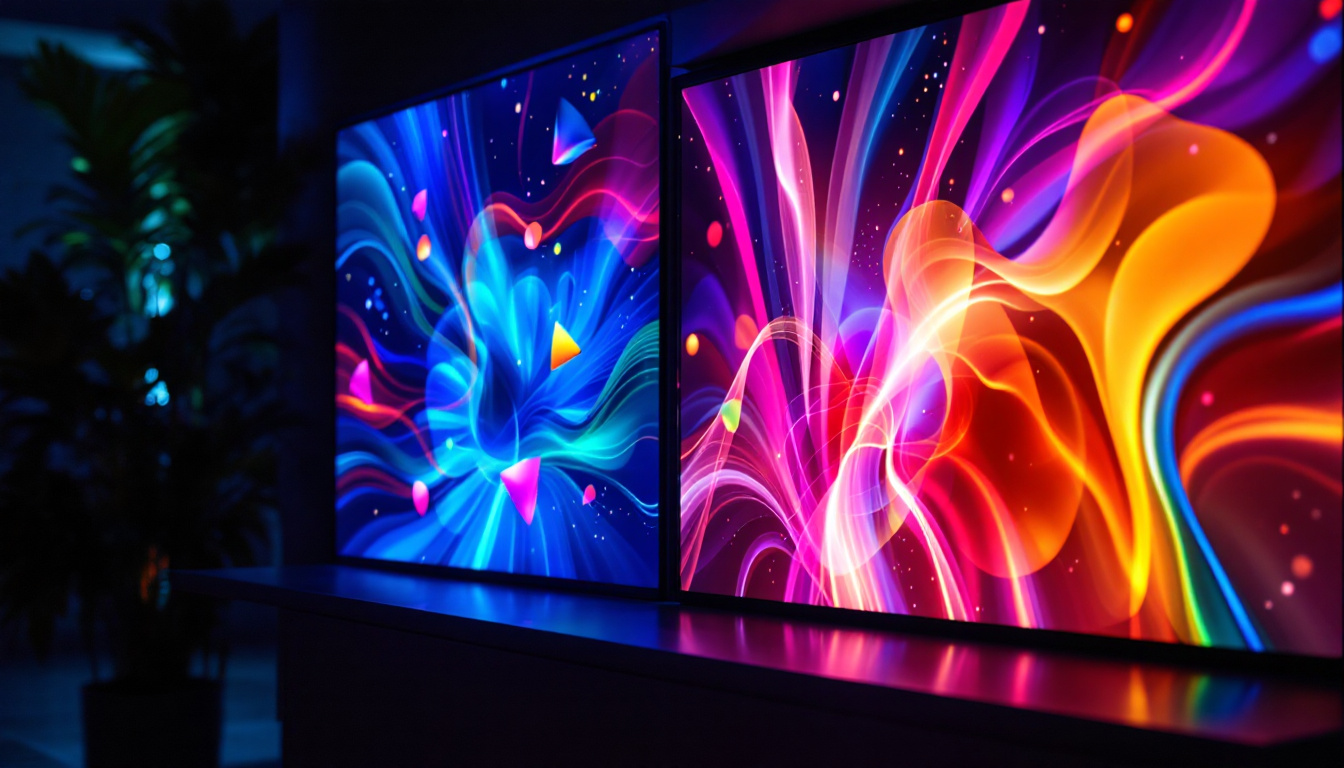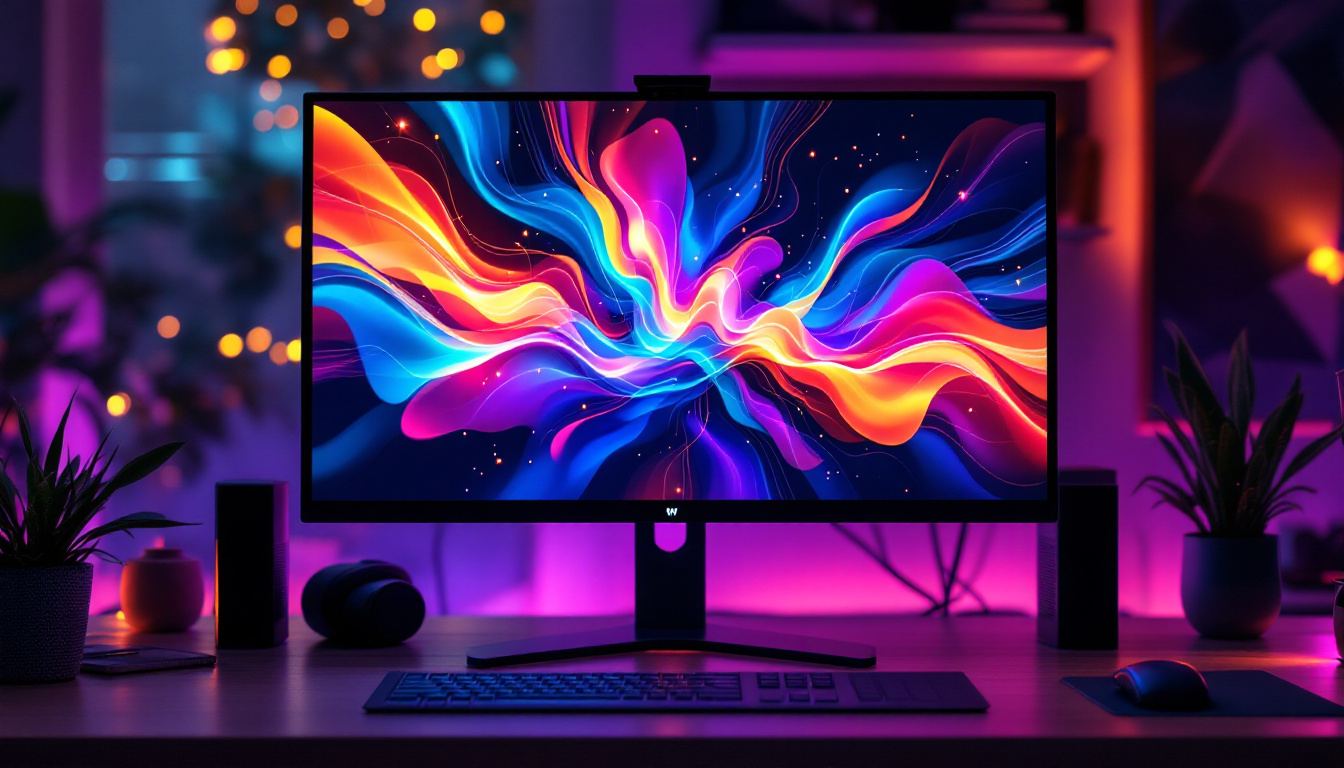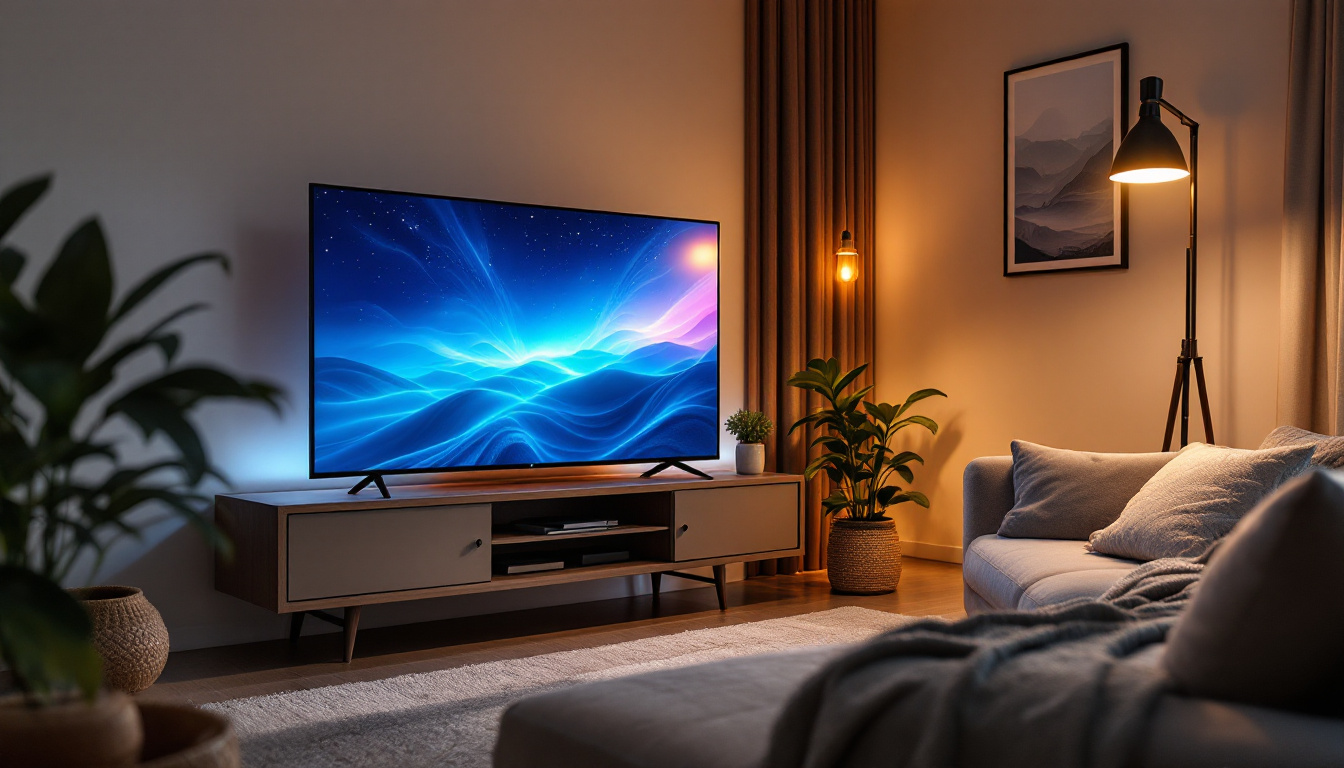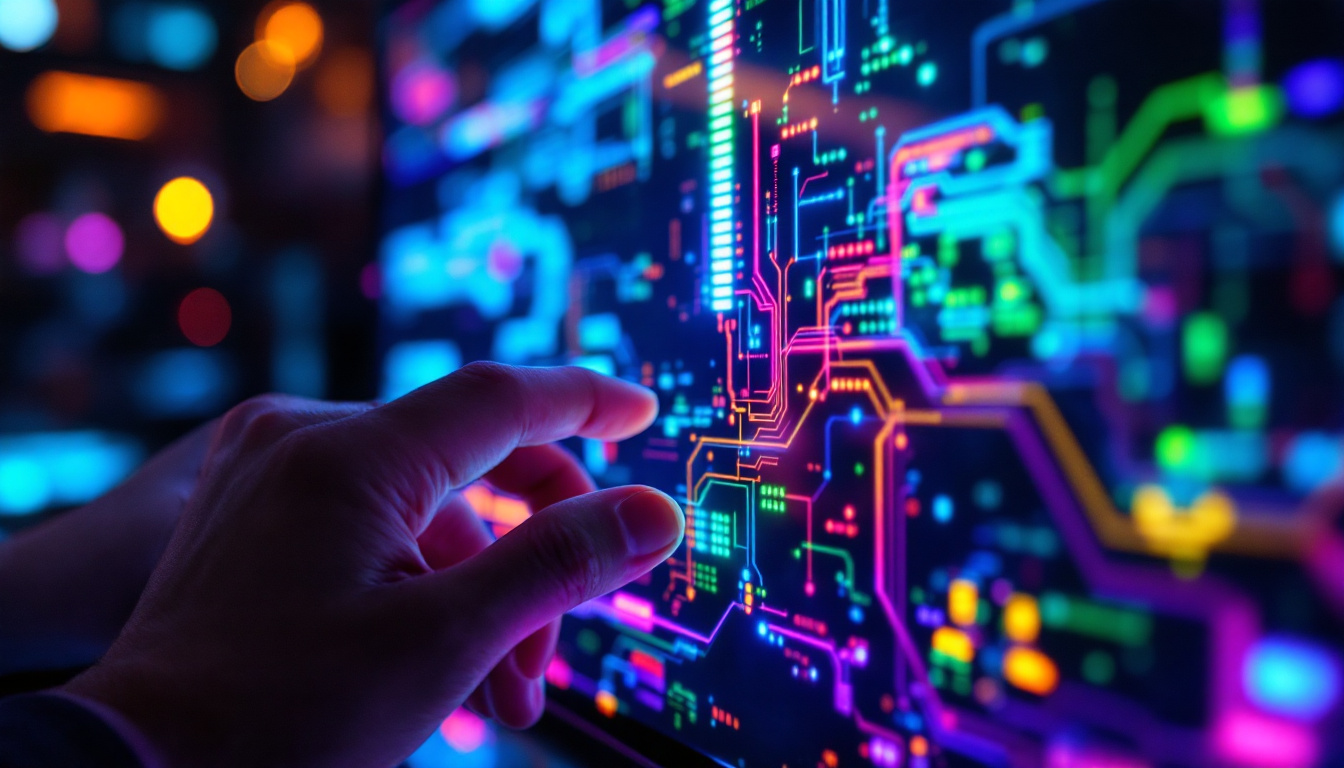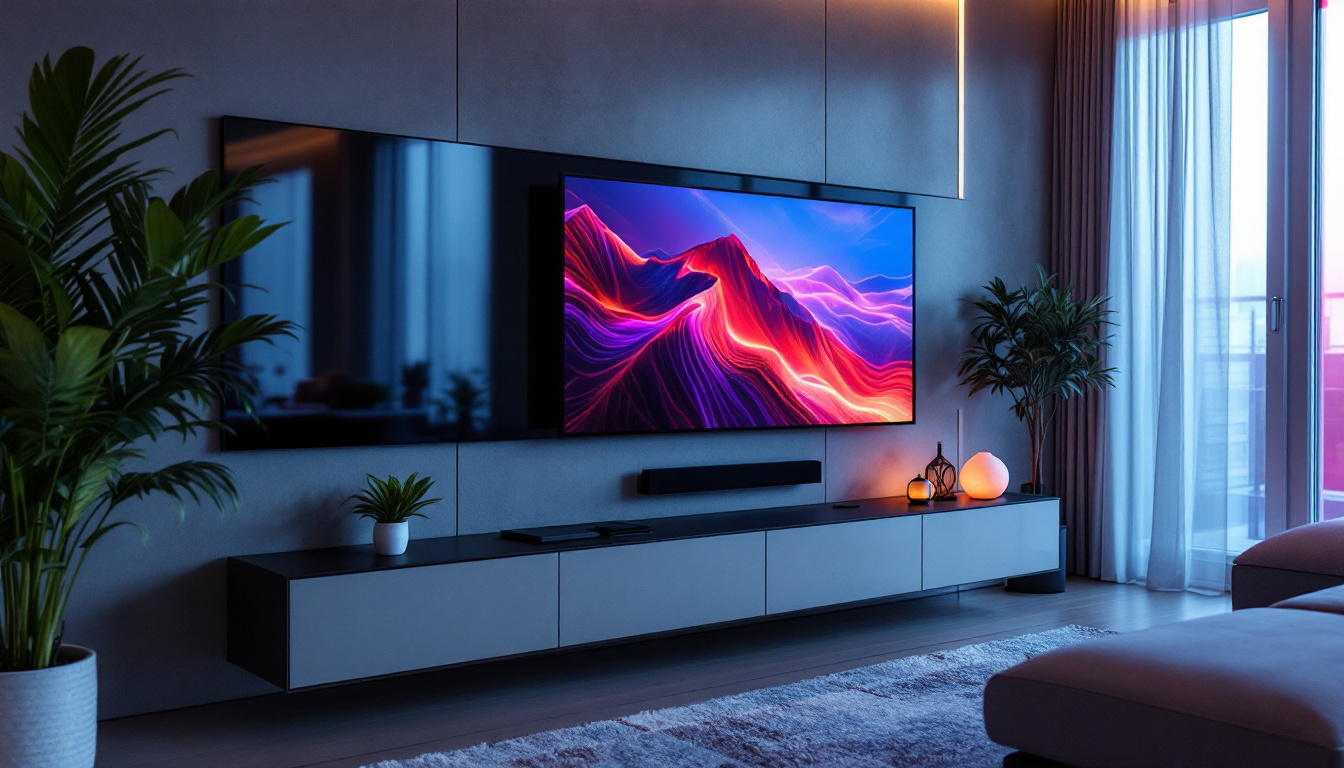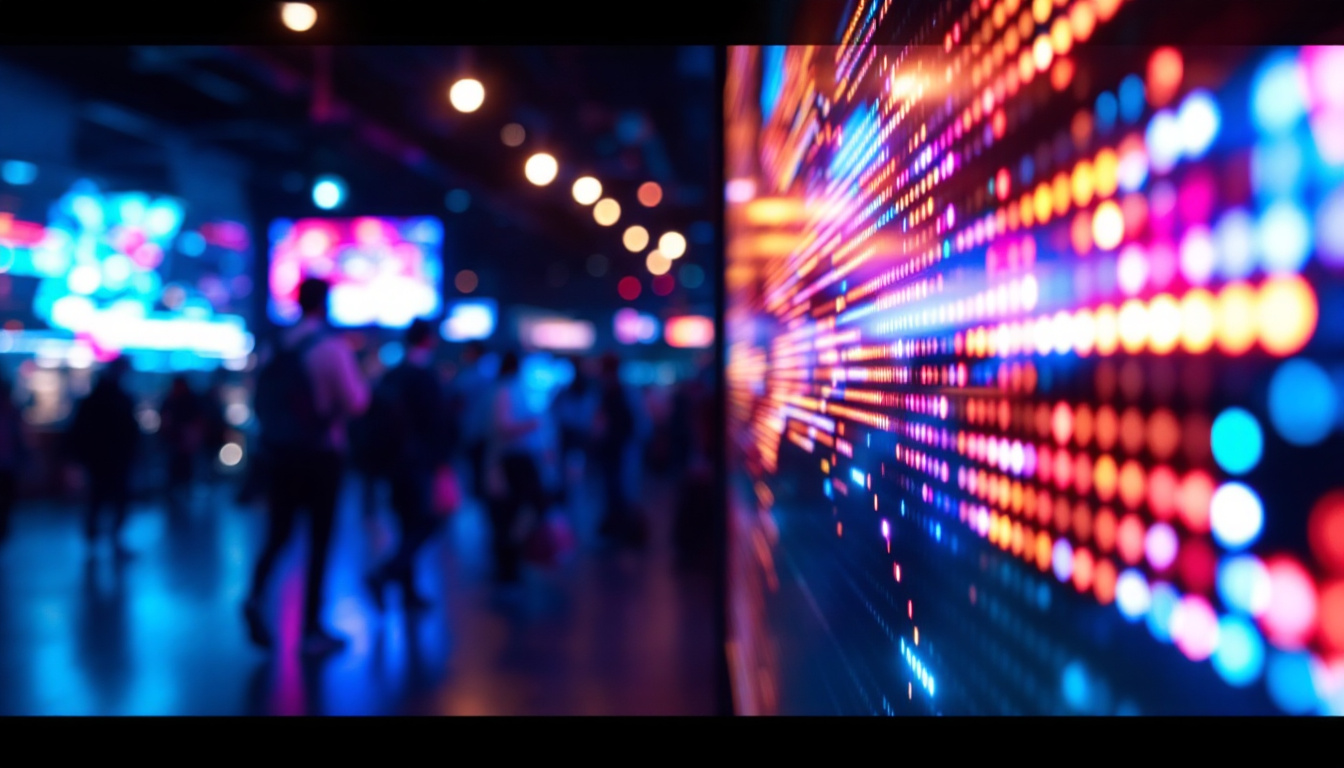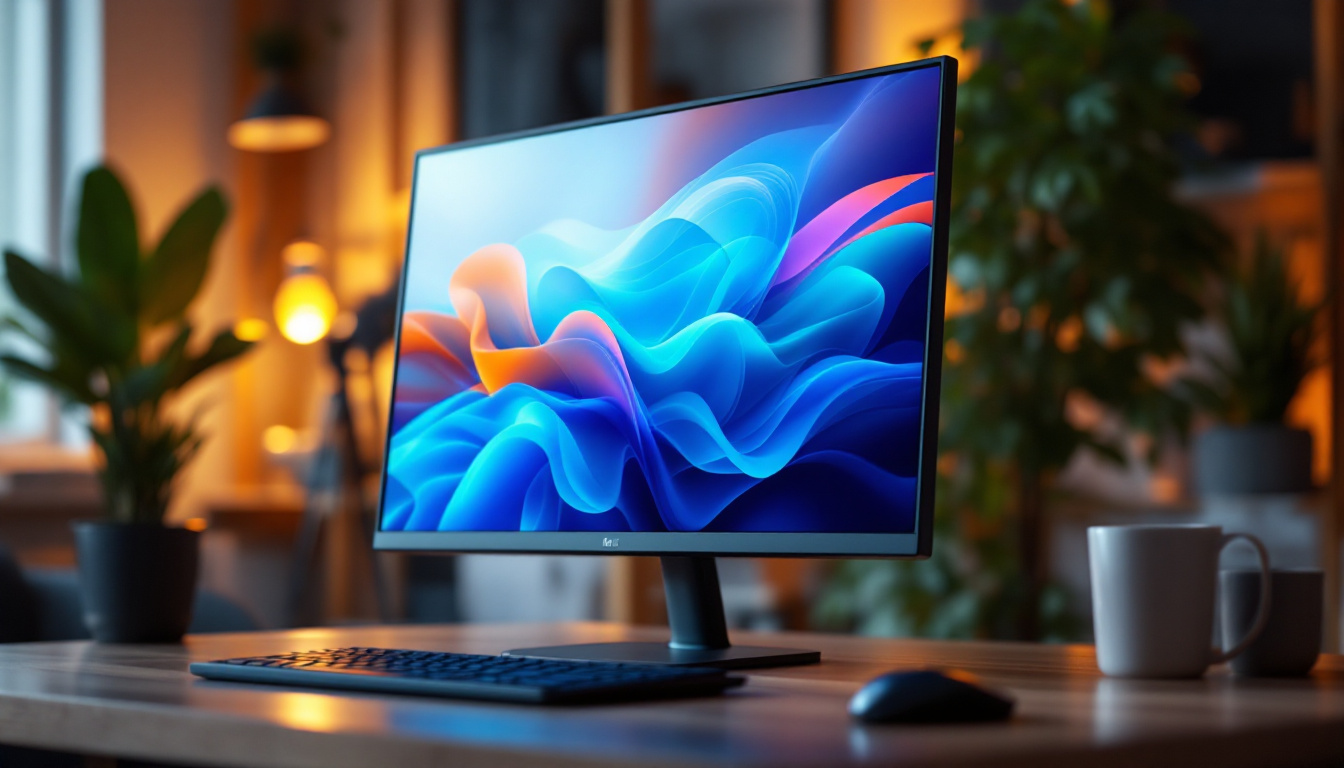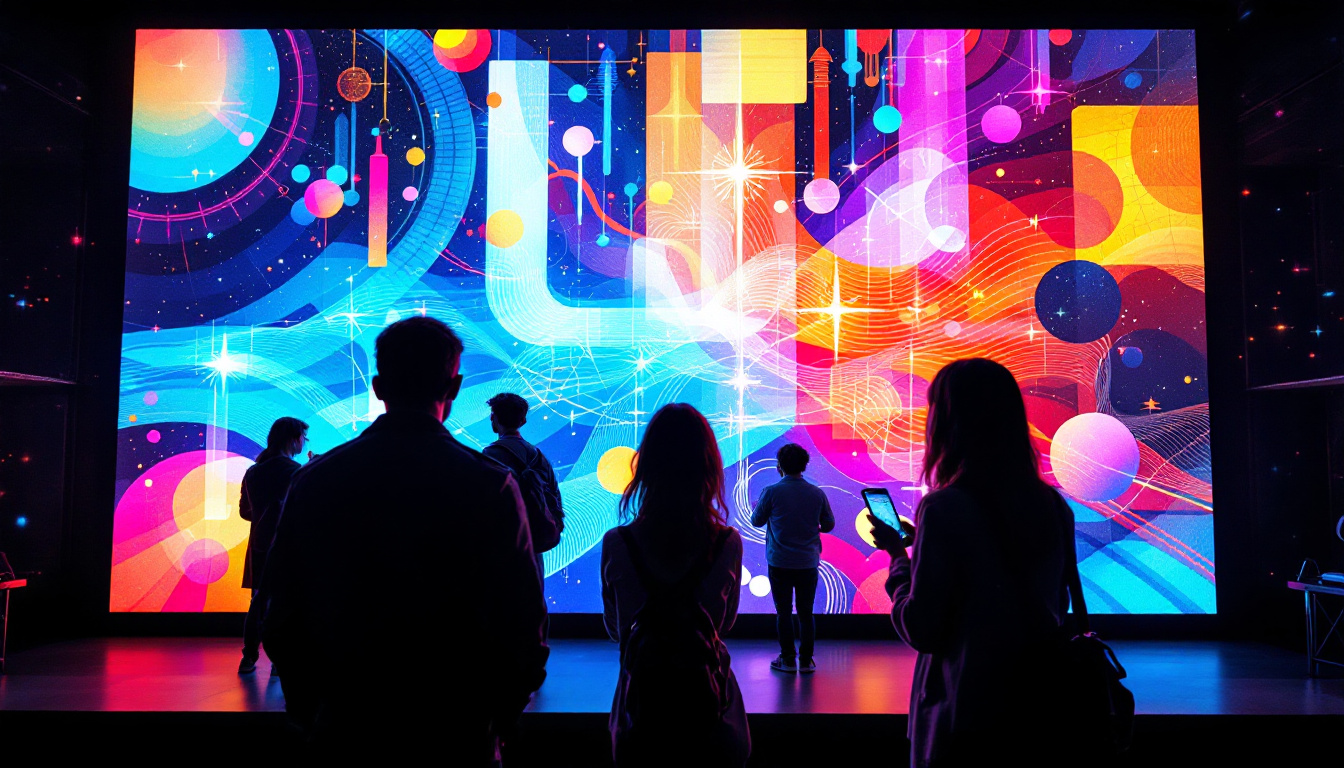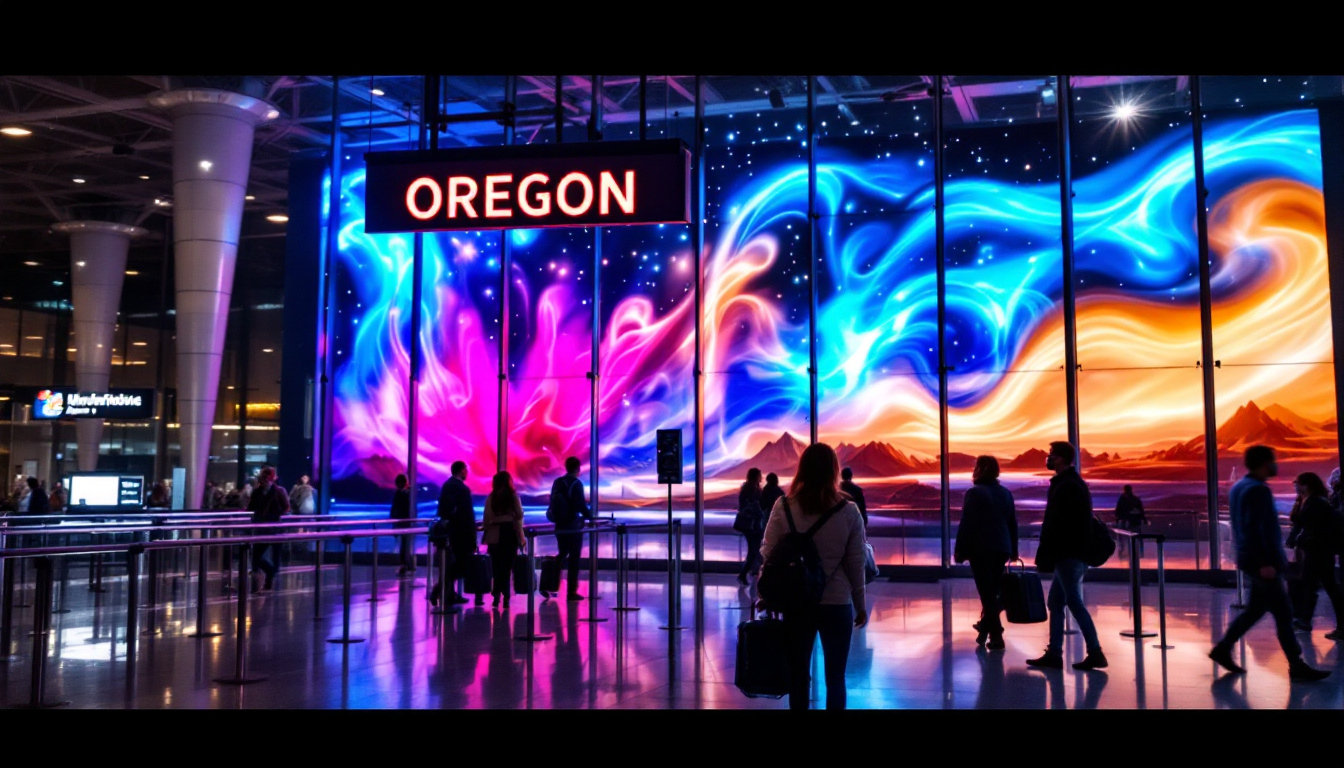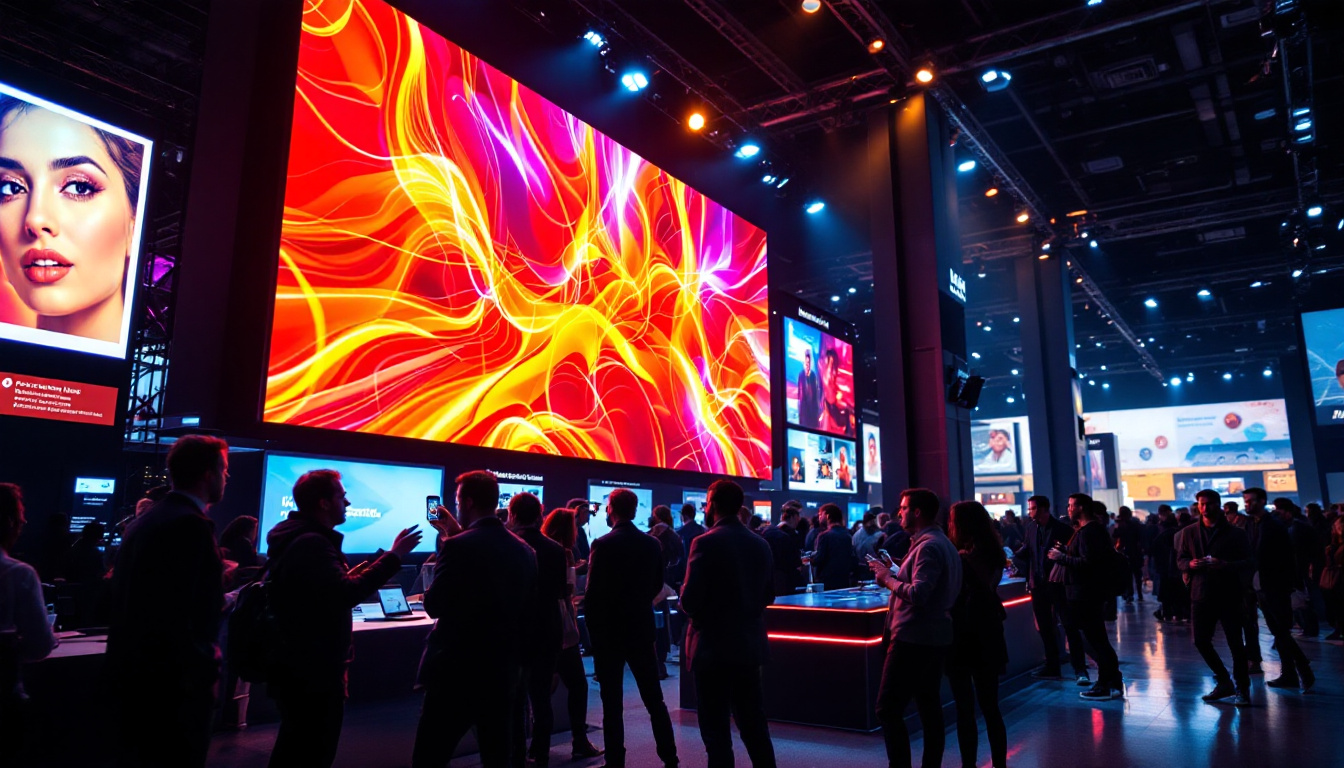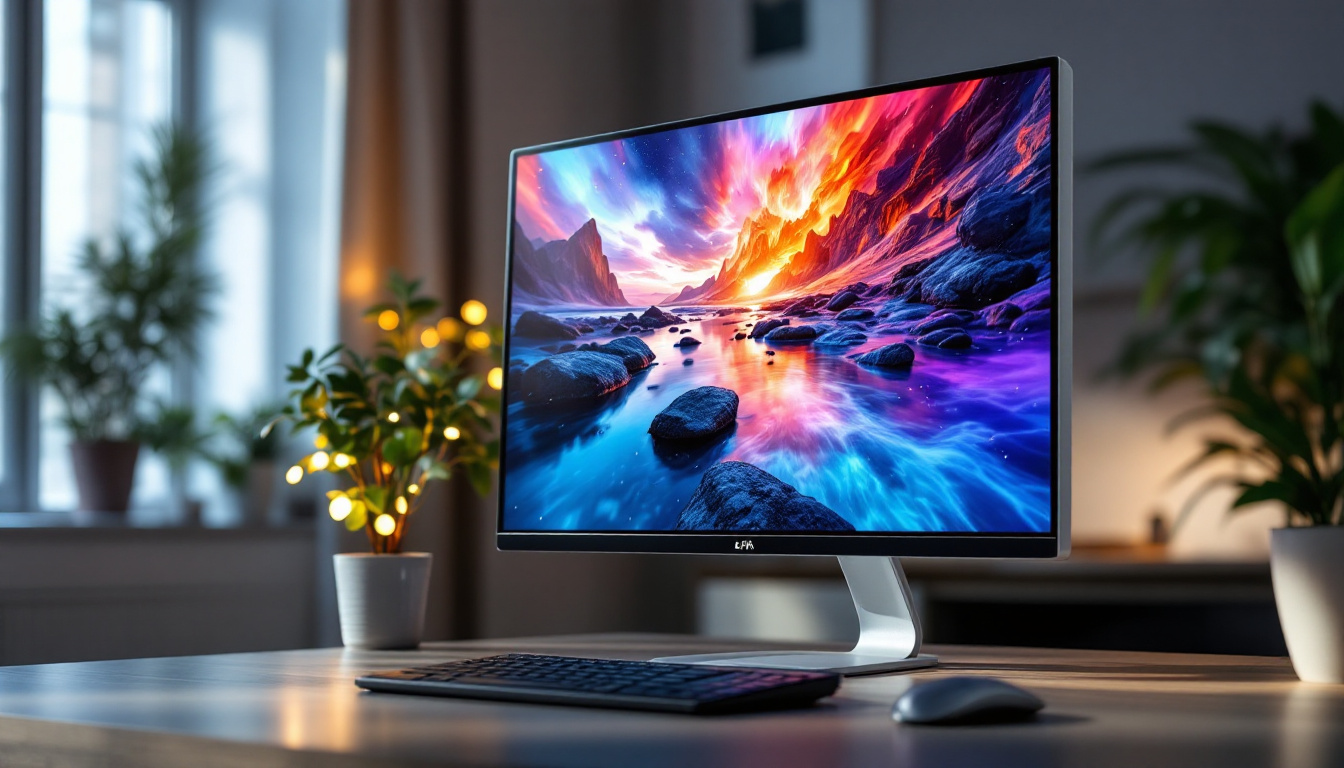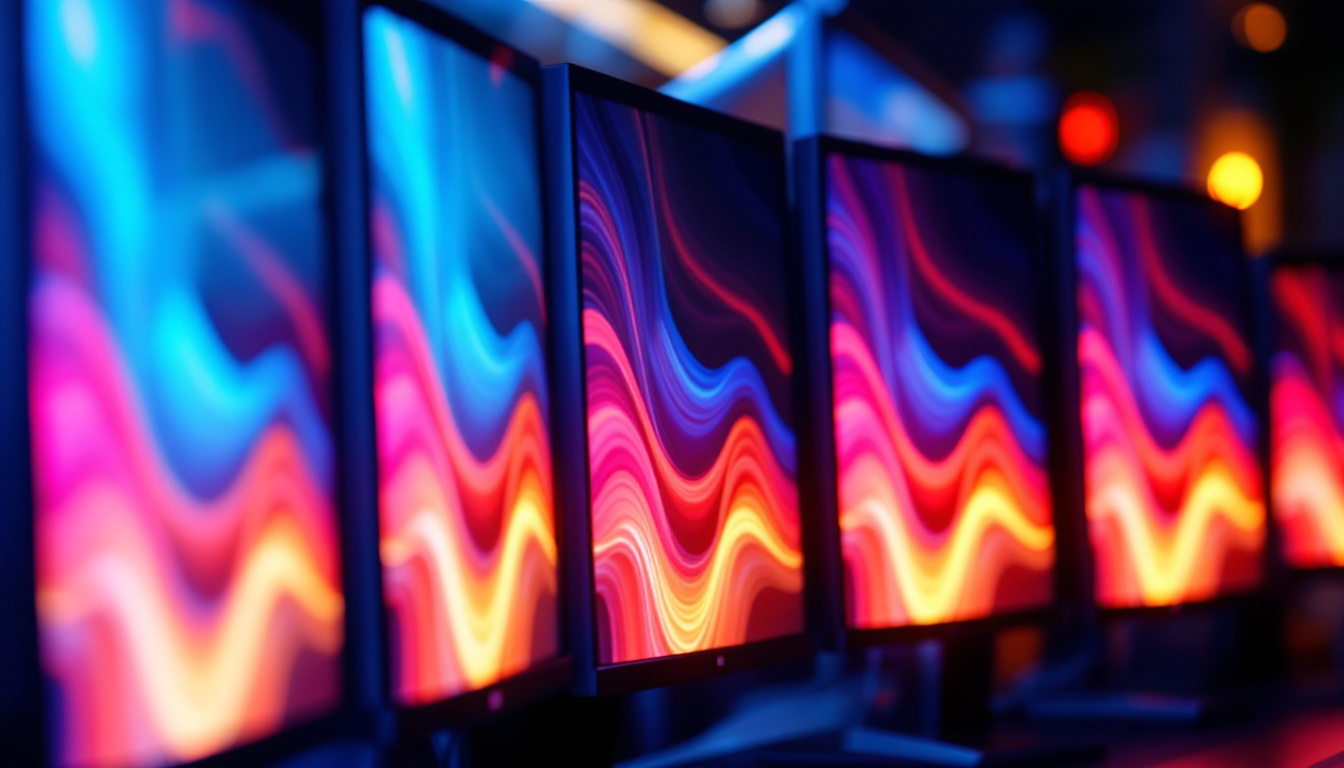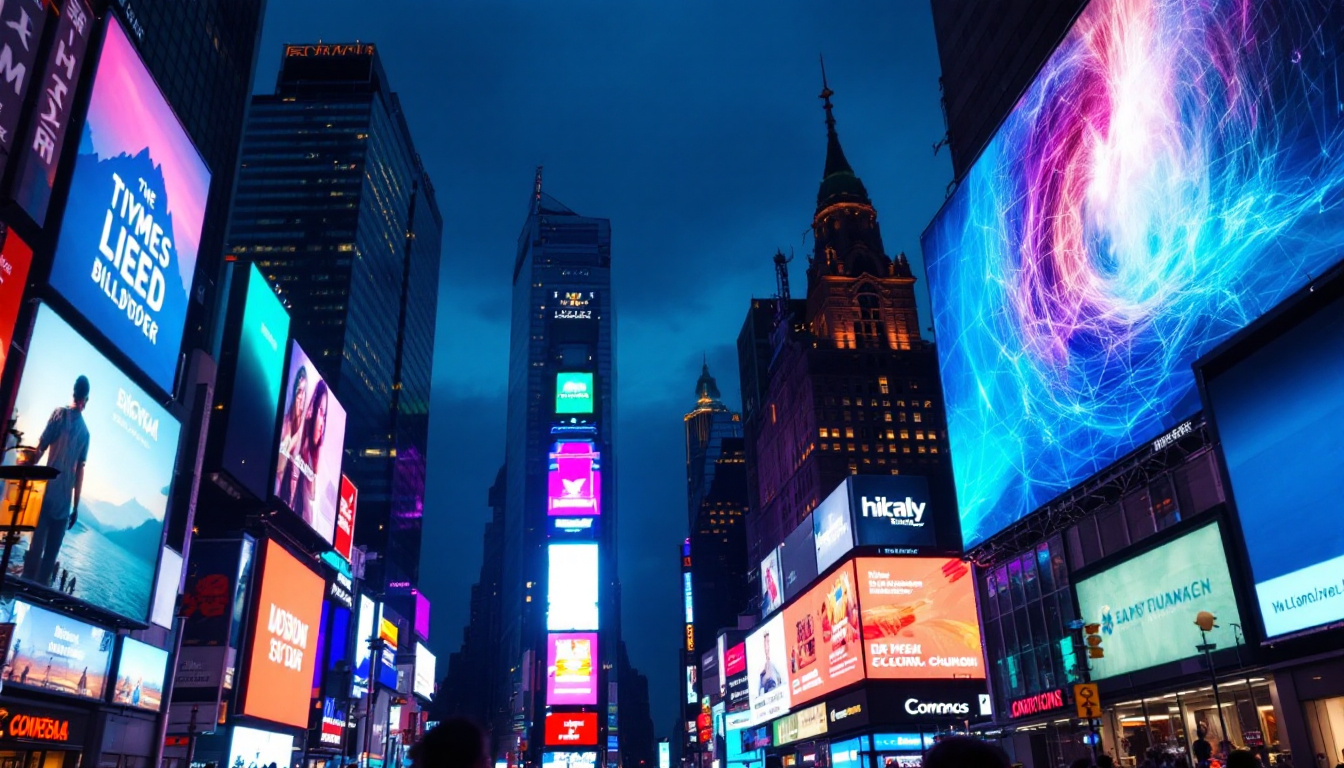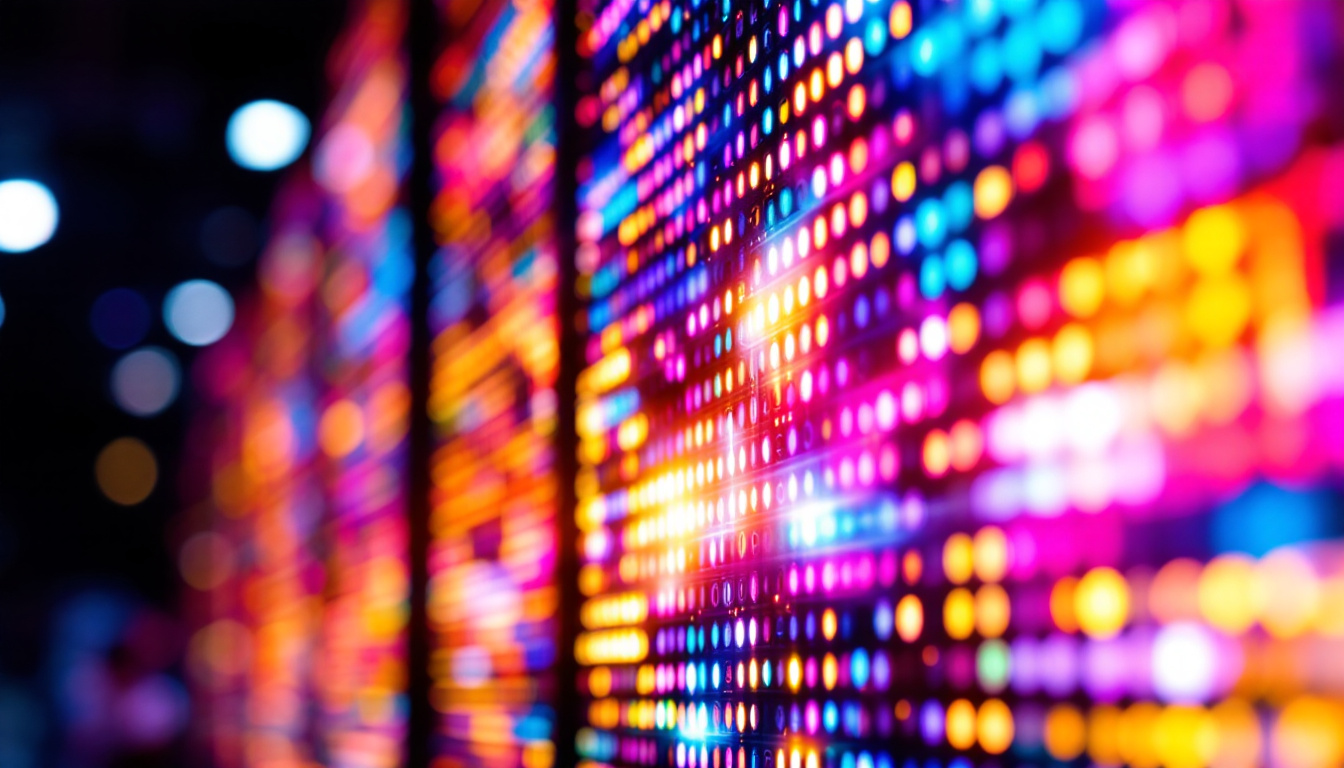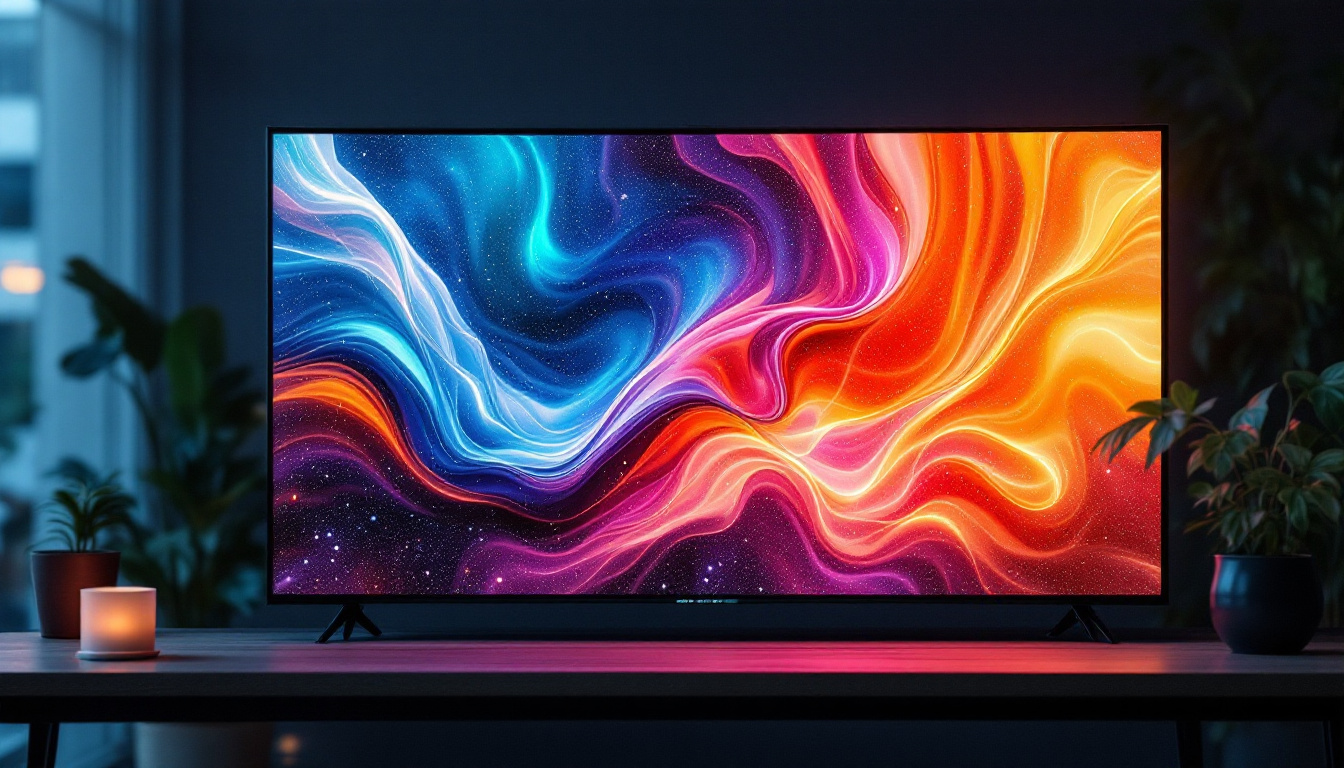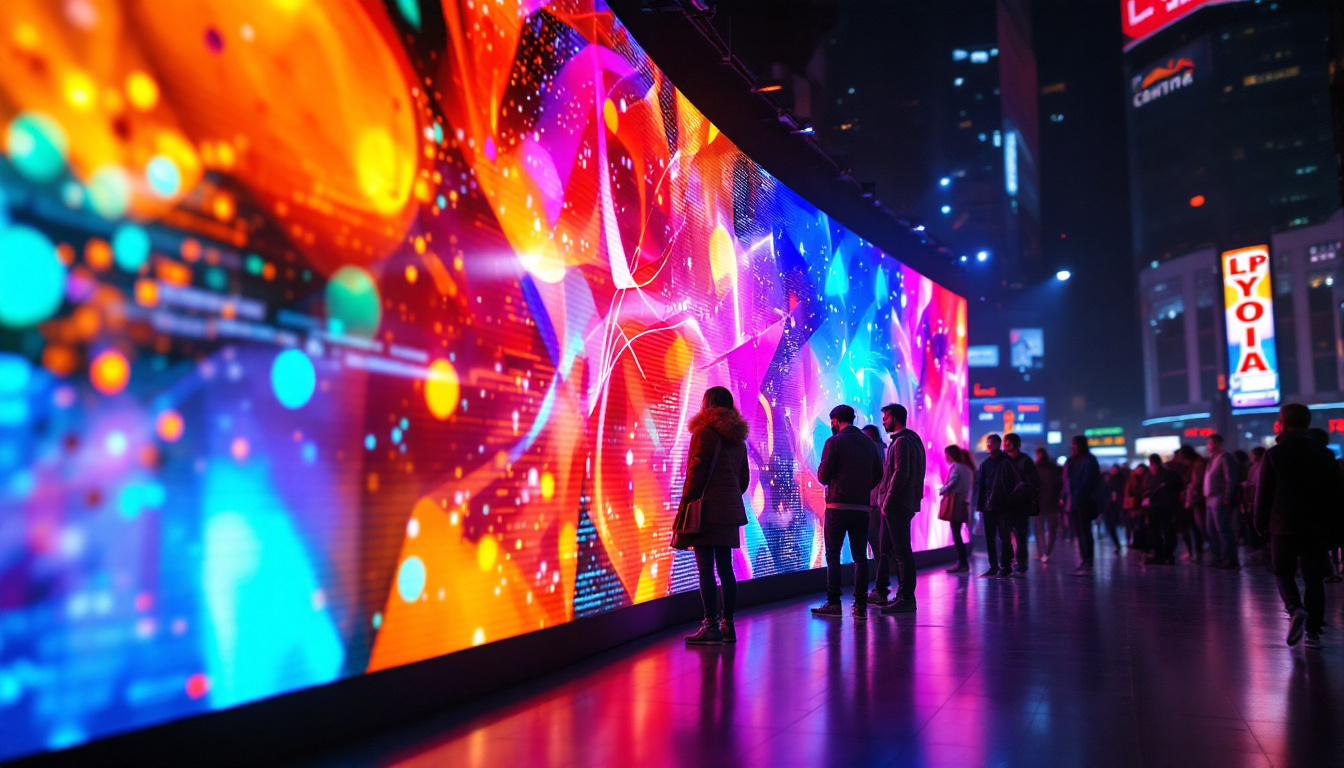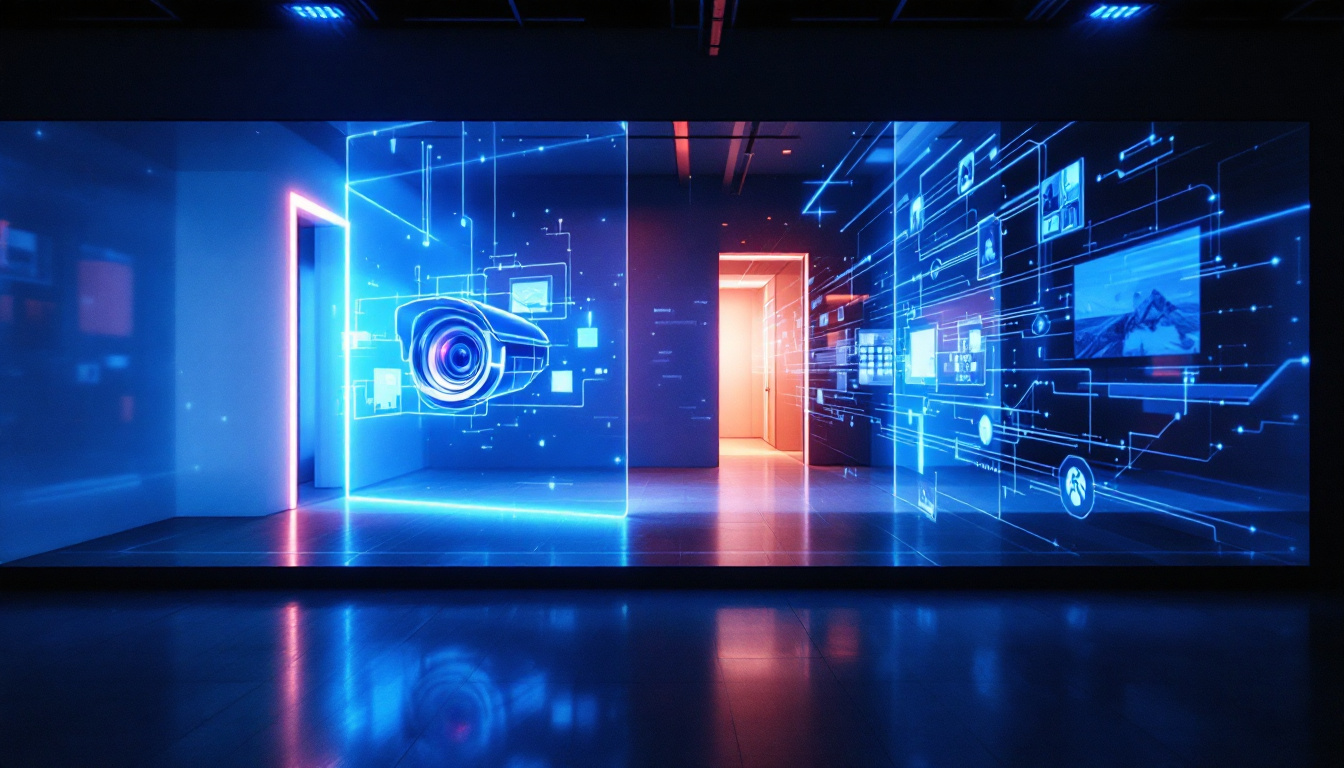Refresh Rate Of LED: LED Display Explained
In the realm of modern technology, LED displays have become ubiquitous, gracing everything from smartphones to large-scale billboards. One of the critical aspects that determine the performance and quality of these displays is the refresh rate. Understanding the refresh rate of LED displays is essential for consumers and professionals alike, as it significantly impacts visual experience and functionality. This article delves into the intricacies of refresh rates, how they affect LED displays, and the factors that influence them.
What is Refresh Rate?
The refresh rate of a display refers to the number of times per second that the image on the screen is updated. Measured in hertz (Hz), a higher refresh rate indicates a smoother and more fluid visual experience. For instance, a refresh rate of 60 Hz means that the screen refreshes the image 60 times in one second, while a 120 Hz refresh rate updates the image 120 times per second.
Understanding refresh rates is particularly important in applications where motion is prevalent, such as gaming, video playback, and live sports. A higher refresh rate can reduce motion blur and provide a more immersive experience, making it a crucial specification for many users.
In addition to gaming and sports, refresh rates also play a significant role in professional environments, such as graphic design and video editing. For designers and editors, a higher refresh rate can lead to more accurate color representation and smoother transitions, which are essential for creating high-quality visual content. Furthermore, displays with higher refresh rates can enhance the overall productivity of professionals who multitask, as they can switch between applications and windows more fluidly without experiencing lag or stutter.
Moreover, the benefits of a higher refresh rate extend beyond just the display itself; they can also improve the overall user experience when paired with powerful graphics hardware. For example, gaming monitors often come with features like adaptive sync technologies, such as NVIDIA’s G-Sync or AMD’s FreeSync, which synchronize the refresh rate of the monitor with the frame rate output of the graphics card. This synchronization minimizes screen tearing and stuttering, allowing gamers to enjoy a seamless experience, especially in fast-paced games where every millisecond counts.
How Refresh Rate Affects LED Displays
LED displays utilize light-emitting diodes to create images, and the refresh rate plays a significant role in how these images are perceived by the viewer. A display with a low refresh rate may exhibit flickering or blurring during fast-moving scenes, while a higher refresh rate can enhance clarity and reduce visual artifacts.
Impact on Motion Clarity
One of the most notable effects of refresh rate is its influence on motion clarity. When watching fast-paced content, such as action movies or competitive sports, a higher refresh rate can make a substantial difference. For instance, a 120 Hz display can render smoother motion compared to a 60 Hz display, allowing viewers to follow fast-moving objects without losing detail.
Additionally, in gaming, higher refresh rates can provide a competitive advantage. Gamers often prefer monitors with refresh rates of 144 Hz or even 240 Hz, as these rates can lead to more responsive gameplay and a more enjoyable experience overall. The difference in performance is particularly evident in fast-paced games where split-second reactions can determine the outcome. Players can spot opponents and react more swiftly, making higher refresh rates not just a luxury, but a necessity for serious gamers.
Reducing Motion Blur
Motion blur occurs when fast-moving objects appear smeared or unclear on the screen. This phenomenon is particularly noticeable in lower refresh rate displays. By increasing the refresh rate, the display can present more frames per second, significantly reducing motion blur. This is especially beneficial in scenarios where quick reflexes are necessary, such as in first-person shooter games.
Moreover, technologies such as motion interpolation can further enhance the viewing experience by artificially increasing the frame rate of lower refresh rate content. However, this can sometimes lead to the “soap opera effect,” where the image appears overly smooth and less cinematic. This effect can be polarizing; while some viewers appreciate the enhanced clarity, others prefer the traditional cinematic feel of 24 frames per second. As a result, many modern displays offer options to adjust or disable motion interpolation, allowing users to customize their viewing experience according to their preferences.
Furthermore, the refresh rate can also impact the overall energy consumption of LED displays. Higher refresh rates may require more power, which can be a consideration for both environmental impact and operating costs. Manufacturers are increasingly focusing on developing energy-efficient technologies that maintain high refresh rates without significantly increasing power usage. This balance is crucial, especially as consumers become more environmentally conscious and seek out sustainable options in their electronics.
Factors Influencing Refresh Rate
Several factors can influence the refresh rate of LED displays, including the type of content being displayed, the capabilities of the display hardware, and the settings configured by the user.
Content Type
The refresh rate required can vary significantly depending on the type of content being displayed. For standard video content, a refresh rate of 60 Hz is typically sufficient. However, for high-speed action scenes, sports broadcasts, or video games, higher refresh rates such as 120 Hz or 240 Hz may be necessary to maintain visual clarity and responsiveness.
Furthermore, some content may be produced at different frame rates. For example, films are often shot at 24 frames per second, while video games can run at much higher frame rates. The display’s refresh rate must be compatible with the content to ensure optimal viewing quality. This compatibility is crucial not only for maintaining fluid motion but also for reducing artifacts like motion blur and tearing, which can detract from the overall viewing experience.
Moreover, the way content is rendered can also impact the perceived refresh rate. Techniques like motion interpolation, where additional frames are created between original frames, can enhance the smoothness of playback, especially in lower frame rate content. However, this can sometimes lead to an artificial look, often referred to as the “soap opera effect,” which some viewers may find unappealing.
Display Technology
The type of LED display technology employed can also affect the refresh rate. Different technologies, such as OLED, QLED, and traditional LCDs, have varying capabilities when it comes to refresh rates. For instance, OLED displays can achieve higher refresh rates due to their faster response times, while older LCD technologies may struggle to keep up with rapid changes in image content.
Additionally, advancements in display technology are continually pushing the boundaries of refresh rates. Manufacturers are developing displays that can support adaptive refresh rates, which adjust dynamically based on the content being displayed, further enhancing the viewing experience. This technology not only optimizes performance during fast-paced action but also conserves energy when displaying static images, making it a more environmentally friendly option.
Furthermore, the integration of features such as variable refresh rate (VRR) technology, commonly found in gaming monitors, allows for a smoother gaming experience by synchronizing the display’s refresh rate with the frame rate output by the graphics card. This can significantly reduce stuttering and input lag, providing gamers with a competitive edge. As the demand for high-performance displays continues to grow, we can expect to see even more innovations in refresh rate technology that cater to diverse viewing needs.
Choosing the Right Refresh Rate for Your Needs
When selecting an LED display, understanding the appropriate refresh rate for specific needs is essential. The ideal refresh rate can vary based on usage scenarios, such as gaming, professional work, or casual viewing.
For Gamers
Gamers typically benefit from higher refresh rates, with 120 Hz or 144 Hz displays being popular choices. These rates provide smoother gameplay and can enhance responsiveness, giving gamers a competitive edge. Additionally, features such as G-Sync or FreeSync can help synchronize the refresh rate of the display with the frame rate of the graphics card, further improving the gaming experience.
For Movie Enthusiasts
For those who primarily use their displays for watching movies or television shows, a refresh rate of 60 Hz is generally adequate. However, individuals who enjoy high-action films or sports may prefer displays with higher refresh rates to minimize motion blur and enhance clarity during fast scenes.
For Professional Use
In professional settings, such as graphic design or video editing, the refresh rate may not be as critical as color accuracy and resolution. However, having a higher refresh rate can still improve the overall experience, especially when working with fast-moving content or animations. A refresh rate of 60 Hz or higher is recommended for these applications.
Common Misconceptions About Refresh Rate
Despite the importance of refresh rates, several misconceptions persist regarding their significance and impact on display quality. Understanding these misconceptions can help consumers make informed decisions when purchasing LED displays.
Higher Refresh Rate Equals Better Quality
While a higher refresh rate can enhance motion clarity and reduce blur, it does not automatically equate to better overall display quality. Factors such as resolution, color accuracy, and contrast ratio also play crucial roles in determining the quality of a display. A high refresh rate on a low-resolution screen may not provide a satisfactory viewing experience.
Refresh Rate is the Only Factor for Gaming
Another common misconception is that refresh rate is the sole determinant of gaming performance. While it is an essential factor, other elements such as response time, input lag, and the capabilities of the graphics card also significantly influence the gaming experience. A well-rounded setup considers all these factors for optimal performance.
Conclusion
The refresh rate of LED displays is a fundamental aspect that affects the visual experience across various applications. Understanding how refresh rates work, their impact on motion clarity, and the factors that influence them can empower consumers to make informed decisions when selecting a display. Whether for gaming, professional use, or casual viewing, choosing the right refresh rate can significantly enhance the overall experience.
As technology continues to evolve, so too will the capabilities of LED displays. Staying informed about advancements in refresh rates and display technologies will ensure that users can fully appreciate the benefits of their devices and enjoy the best possible viewing experiences.
Discover the Future of Visual Experience with LumenMatrix
Ready to elevate your visual experience with a refresh rate that matches your needs? LumenMatrix is at the forefront of LED display innovation, offering a wide range of solutions tailored to bring your content to life. Whether you’re looking for an Indoor LED Wall Display for immersive gaming, an Outdoor LED Wall Display for dynamic advertising, or any of our specialized LED solutions, we have the technology to transform your visual communication. Don’t settle for less—check out LumenMatrix LED Display Solutions today and join the revolution in high-performance, captivating displays.

